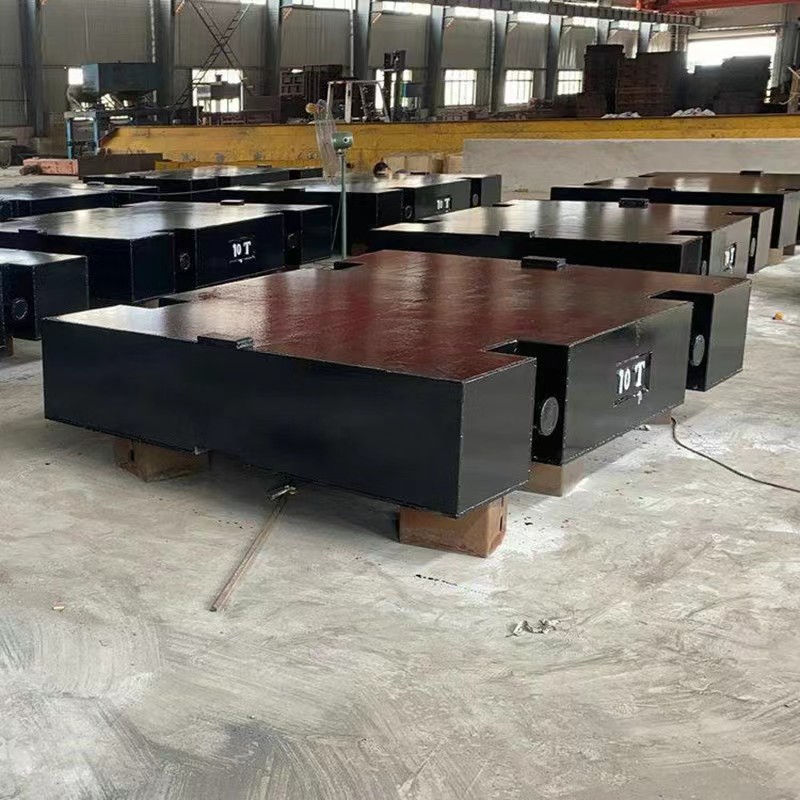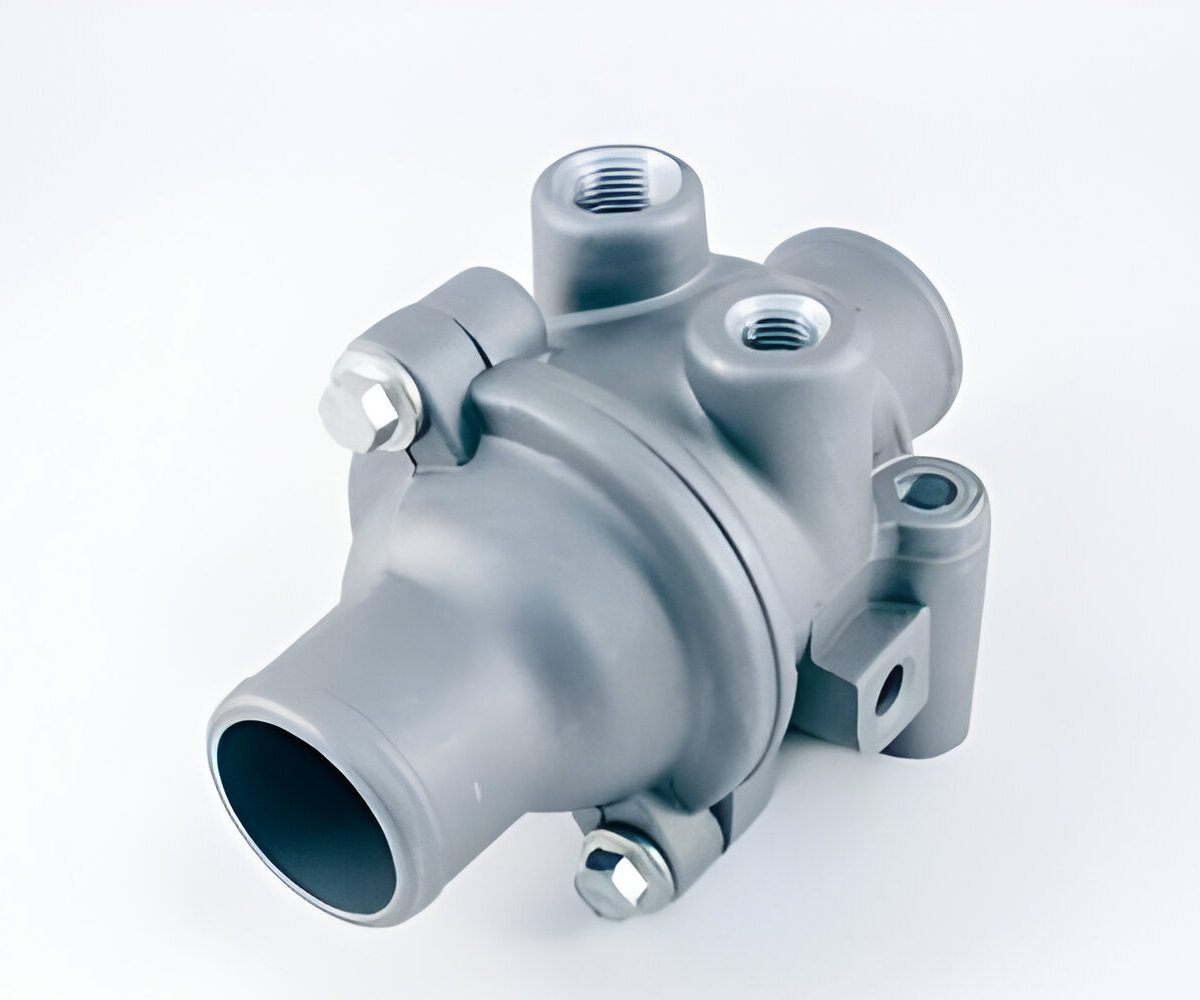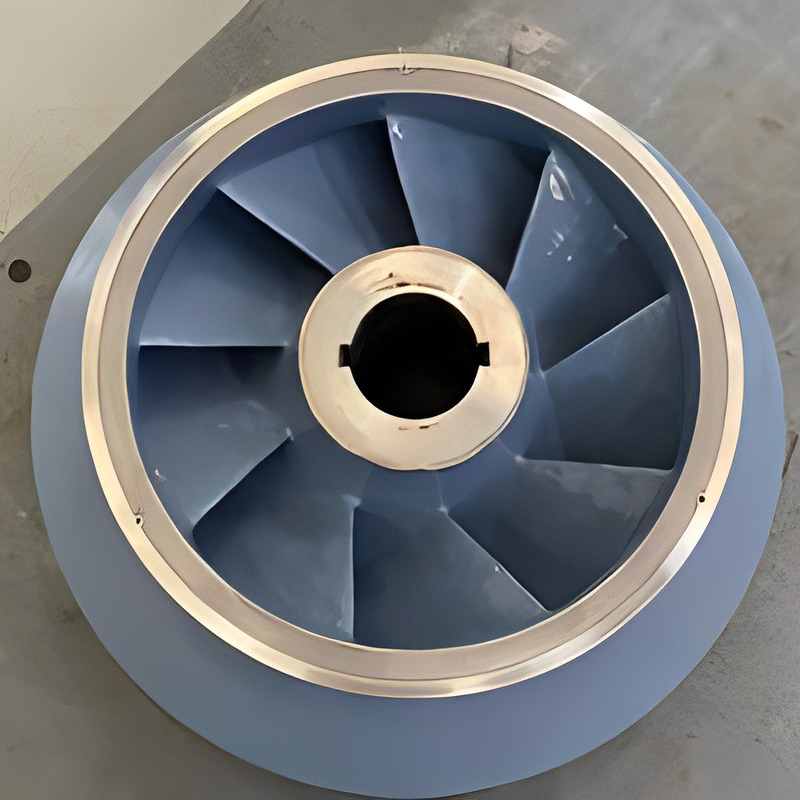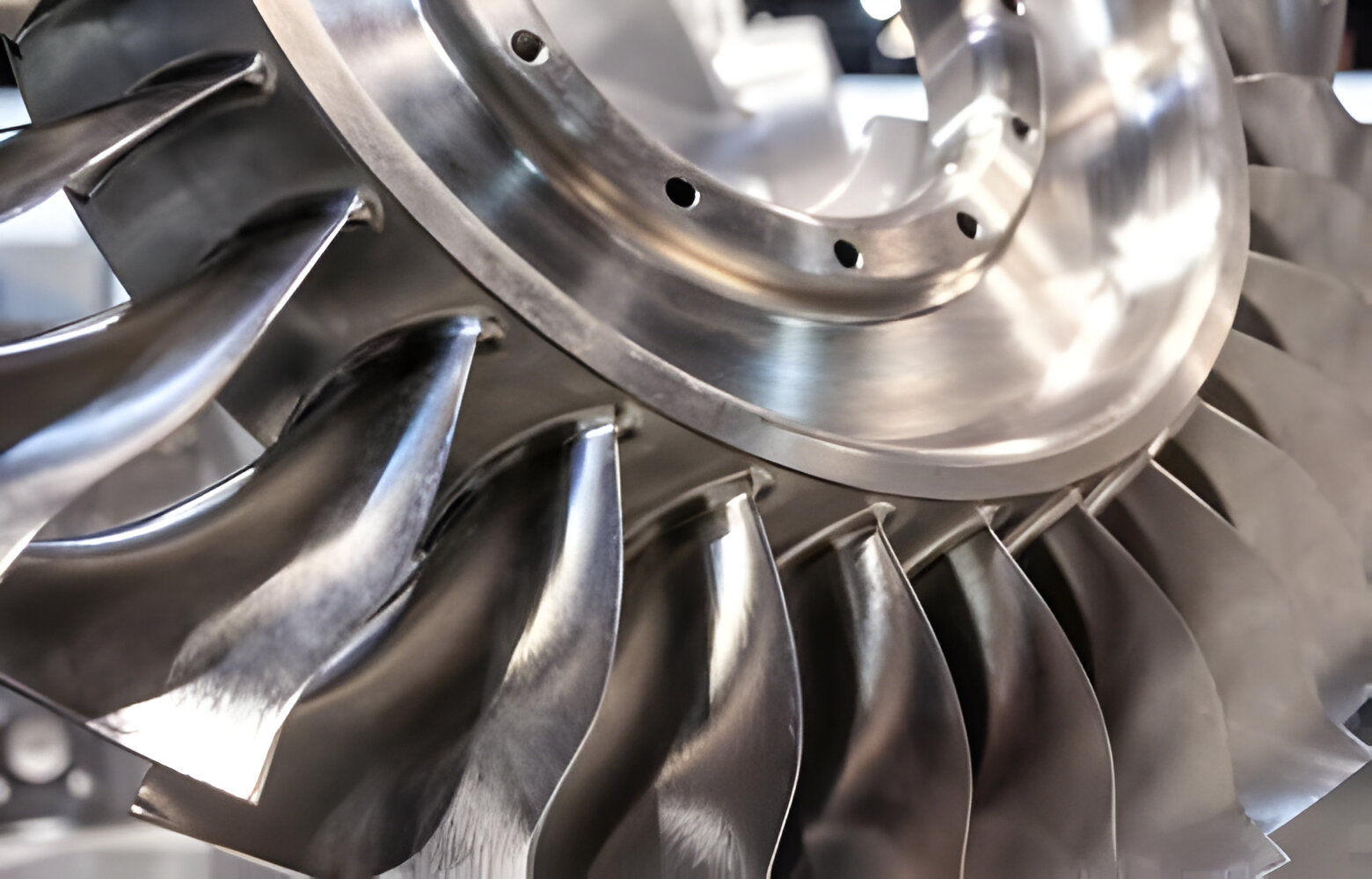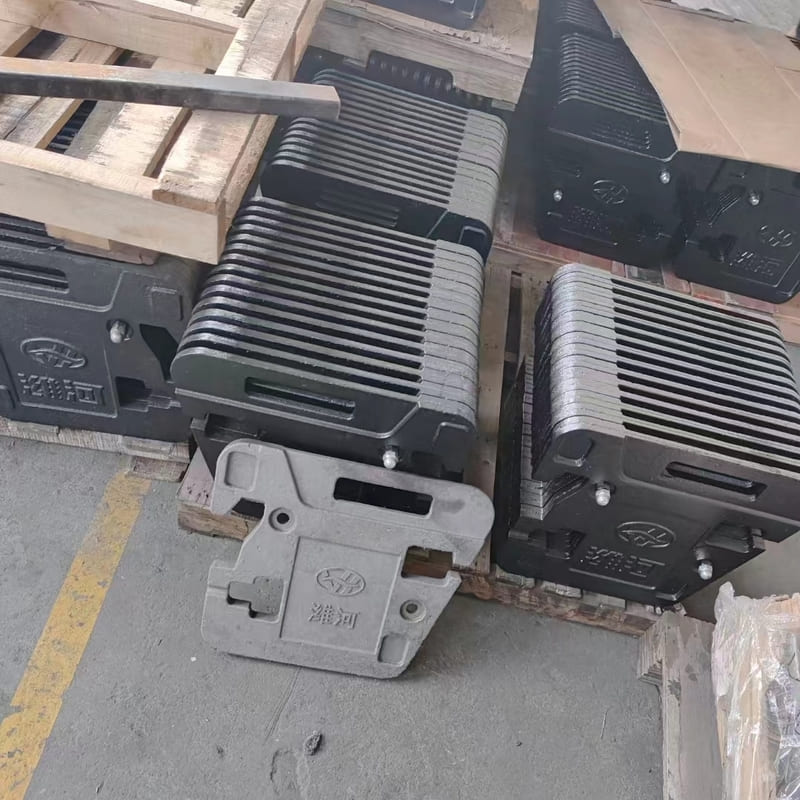Elevators are marvels of modern engineering, revolutionizing vertical transportation in buildings of all sizes. At the heart of every elevator system lies a crucial component known as the elevator counterweight. In this article, we delve into the significance of elevator counterweights, their function, and how they contribute to the efficiency and safety of elevator systems.
1. Understanding the Purpose of Elevator Counterweights
An elevator counterweight is a balancing mechanism that plays a pivotal role in the operation of most elevator systems. Positioned on the opposite end of the elevator car, the counterweight serves to offset the weight of the car and its passengers. This balancing act ensures that the elevator operates efficiently and minimizes the strain on the elevator motor. Essentially, the counterweight acts as a counterbalance, allowing for smooth vertical movement of the elevator car.
2. The Functionality of Counterbalance Elevators
Counterweight elevators, also known as counterbalance elevators, rely on the principle of counterbalancing to operate efficiently. These elevators utilize counterweights that are equal to or exceed the weight of the elevator car when fully loaded. As the elevator ascends, the counterweight descends, and vice versa, ensuring that the motor doesn't have to work against the full load. This counterbalancing effect reduces energy consumption and enhances the overall efficiency of the elevator system.
3. Importance of Elevator Counterweight Weight
The weight of the elevator counterweight is a critical factor in ensuring the proper functioning of the elevator system. Design engineers carefully calculate the weight of the counterweight to achieve the desired balance between the car and the counterweight. Factors such as the maximum capacity of the elevator, the weight of the car itself, and the average load it is expected to carry are taken into consideration during this process. By determining the optimal counterweight weight, manufacturers can optimize the performance of their elevator systems, minimizing energy consumption and ensuring smooth vertical transportation.
4. Elevator Counterweights: A Testament to Engineering Ingenuity
The development of elevator counterweights represents a testament to the ingenuity of elevator engineering. Through meticulous design and precise calculations, engineers have perfected the balance between the car and the counterweight, enabling elevators to operate reliably and efficiently in buildings of all sizes. Elevator counterweights are crafted from high-quality materials such as steel, concrete, or cast iron, chosen for their strength, durability, and density.
5. Elevate Your Elevator Solutions with KT-Foundry
For businesses or individuals seeking top-quality elevator components, KT-Foundry offers a range of precision-engineered counterweights designed to meet the unique requirements of different elevator systems. Our counterweights undergo rigorous testing and quality assurance measures to ensure reliable performance and long-term durability. Whether you're designing a new elevator system or upgrading an existing one, partnering with KT-Foundry ensures access to top-quality counterweights backed by exceptional customer service and support.
In conclusion, elevator counterweights are indispensable components that contribute to the efficiency, safety, and reliability of elevator systems. By carefully balancing the weight of the car, counterweights enable smooth vertical transportation while minimizing energy consumption and ensuring passenger safety. For businesses or individuals looking for reliable elevator components, KT-Foundry offers top-quality counterweights crafted with precision and expertise. Contact us today to learn more about our products and how we can elevate your elevator solutions.

